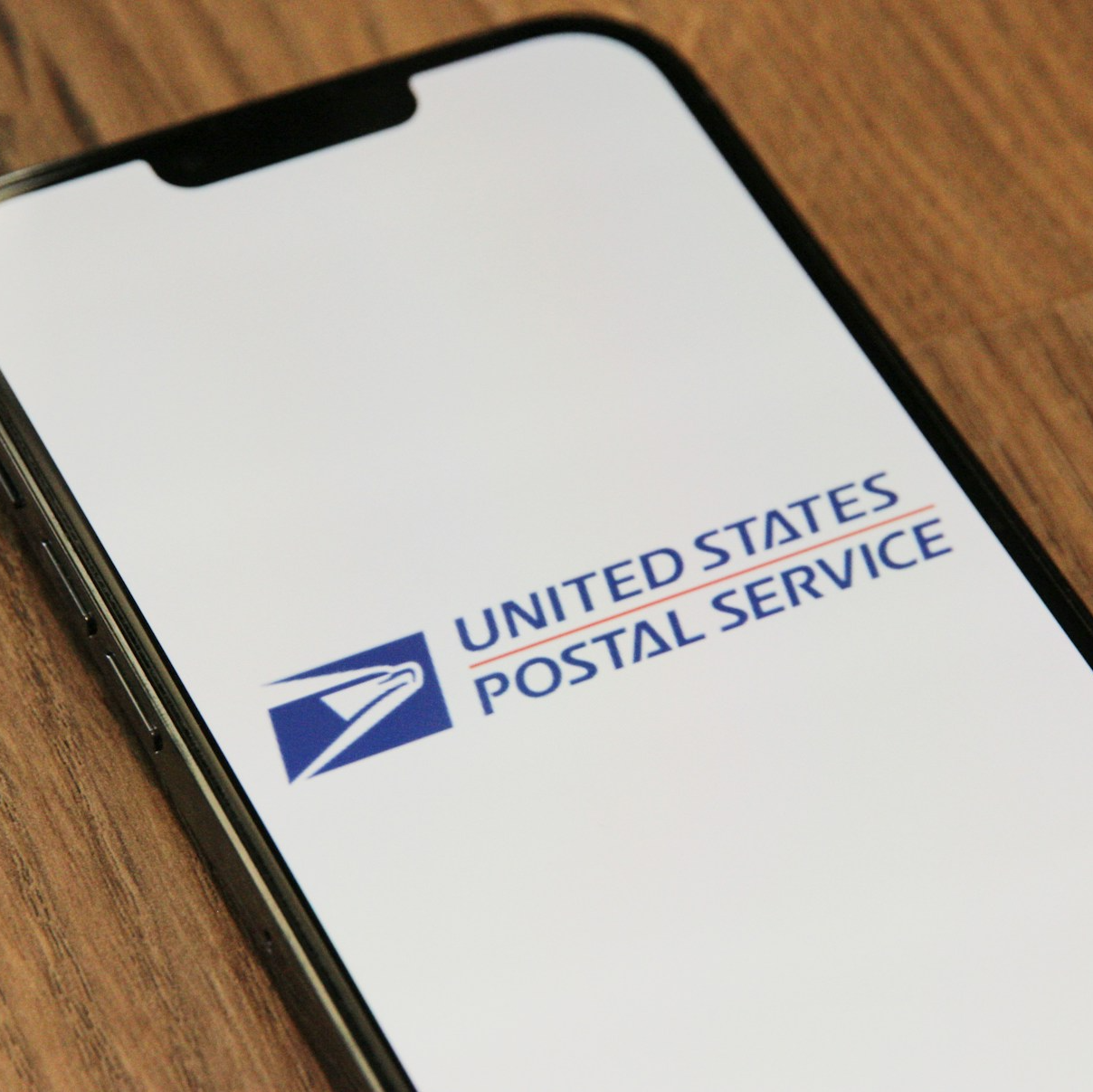Key Takeaways:
-
Understanding how coinsurance works can help you anticipate your healthcare expenses and make smarter decisions about your coverage.
-
Simple strategies, like staying in-network and maximizing preventive care, can significantly reduce your out-of-pocket healthcare costs under Postal Service Health Benefits (PSHB).
Understanding Coinsurance: What It Is and How It Works
Coinsurance is a key part of many health insurance plans, including those offered under the Postal Service Health Benefits (PSHB) program. But what exactly does it mean? Essentially, coinsurance is the percentage of your healthcare costs that you are responsible for paying after you’ve met your deductible. For example, if your coinsurance is 20%, your insurer will cover 80% of the approved cost of a service, and you’ll cover the remaining 20%.
How Coinsurance Differs From Copayments
While copayments are a fixed fee you pay for specific services (like $30 for a doctor visit), coinsurance is based on a percentage of the total cost of the service. This means that with coinsurance, your costs can vary depending on the price of the healthcare service you receive.
The Role of Deductibles and Out-of-Pocket Maximums
Coinsurance generally kicks in after you’ve met your annual deductible, but it’s important to review your PSHB plan details, as specific terms may vary. For instance, if your plan’s deductible is $500, you’ll need to pay the full cost of covered services up to that amount before coinsurance begins. Additionally, most plans under PSHB include an out-of-pocket maximum—the most you’ll pay in a year. Once you hit this limit, your insurance covers 100% of covered costs for the rest of the year.
The Impact of Coinsurance on Your Wallet
The Ripple Effect of High Medical Bills
Coinsurance costs can add up quickly, especially for more expensive treatments like hospital stays or specialized care. For example, if you have a 20% coinsurance rate and receive a $10,000 medical service, your portion could be $2,000.
Navigating In-Network vs. Out-of-Network Costs
Choosing in-network providers can make a significant difference in your healthcare costs. PSHB plans typically offer lower coinsurance rates for in-network care because these providers have negotiated rates with the insurance company. Going out-of-network often means higher coinsurance rates and sometimes no cap on out-of-pocket expenses.
Strategies to Reduce Your Healthcare Costs
Maximize Preventive Care
Under PSHB, many preventive services, like annual physicals and screenings, are covered at no additional cost. Taking advantage of these services can help you catch potential health issues early, reducing the need for more expensive treatments down the road.
Stay Within Your Network
Always check whether a provider or facility is in-network before scheduling appointments. Use your PSHB plan’s online directory or customer service to confirm network status.
Consider Generic Medications
When prescribed medication, ask your healthcare provider if a generic option is available. Generic drugs can cost significantly less than their brand-name counterparts, and they’re usually covered under PSHB plans at lower coinsurance rates.
The Timing of Healthcare Services
Plan Non-Emergency Care Wisely
If possible, schedule non-urgent medical services early in the year. This way, you’re more likely to meet your deductible sooner, and coinsurance will apply to subsequent costs. This can be especially beneficial if you expect to have significant medical expenses within the same year.
Spread Out Treatments When Possible
If you’re undergoing ongoing treatment, ask your provider if it’s possible to spread out services over time. This can help you avoid reaching your out-of-pocket maximum too quickly, allowing for better financial planning.
The Importance of Your Plan’s Annual Review
Reevaluate Your Coverage During Open Season
Open Season, running from November 11 to December 13, allows you to reassess your PSHB coverage and make necessary changes for the upcoming year. Compare plan options to ensure your coinsurance rates, deductibles, and out-of-pocket maximums align with your anticipated healthcare needs for the upcoming year.
Understanding Plan Changes
Each year, PSHB plans may adjust their benefits, including coinsurance rates, deductibles, and provider networks. Review your plan’s Annual Notice of Changes (ANOC) to stay informed and avoid surprises.
Leveraging Tax-Advantaged Accounts to Offset Costs
Health Savings Accounts (HSAs)
If you’re enrolled in a high-deductible health plan (HDHP) under PSHB, you may be eligible to contribute to a Health Savings Account (HSA). These accounts allow you to save pre-tax dollars for qualified medical expenses, including coinsurance payments.
Flexible Spending Accounts (FSAs)
FSAs are another option for setting aside pre-tax dollars to cover healthcare costs. For 2025, you can contribute up to $3,300, with a carryover limit of $660 if your plan allows it. These limits help you plan for qualified expenses while minimizing taxable income. While funds in an FSA typically must be used by the end of the year, some plans allow limited carryover amounts. Check your PSHB plan’s specific rules for details.
Common Pitfalls to Avoid
Skipping Preventive Care
Skipping free preventive services can lead to higher costs in the long run. Early detection of health issues often means less expensive treatment.
Ignoring Out-of-Network Costs
Out-of-network charges can be significantly higher and may not count toward your out-of-pocket maximum. Always confirm a provider’s network status before receiving care.
Misunderstanding Your Plan’s Terms
Be sure you understand how your coinsurance, deductibles, and out-of-pocket maximums work together. Misunderstandings can lead to unexpected expenses.
Your Coinsurance Checklist
Before Receiving Care:
-
Verify if the provider is in-network.
-
Check your current deductible status.
-
Estimate your coinsurance costs using your plan’s resources or customer service.
After Receiving Care:
-
Review your Explanation of Benefits (EOB) statement for accuracy.
-
Confirm that all charges align with your plan’s terms.
-
Follow up with your insurer or provider if discrepancies arise.
Keep Your Healthcare Costs Under Control
Coinsurance can significantly impact your overall healthcare expenses, but understanding how it works and taking proactive steps can help you manage costs effectively. By maximizing preventive care, staying in-network, and leveraging tax-advantaged accounts, you can reduce the financial burden of healthcare under PSHB.











